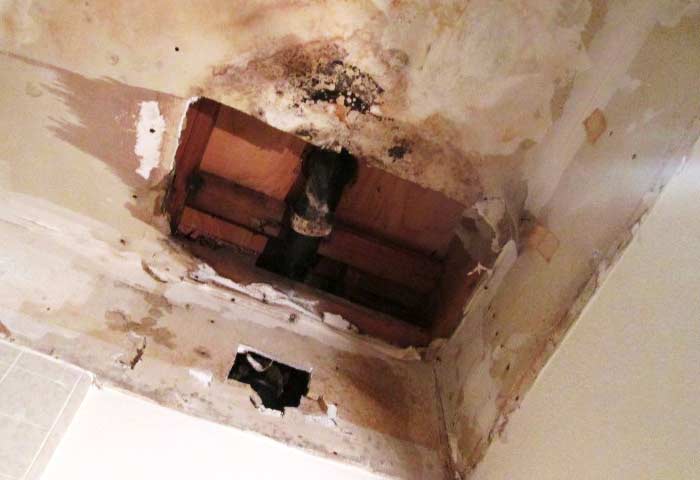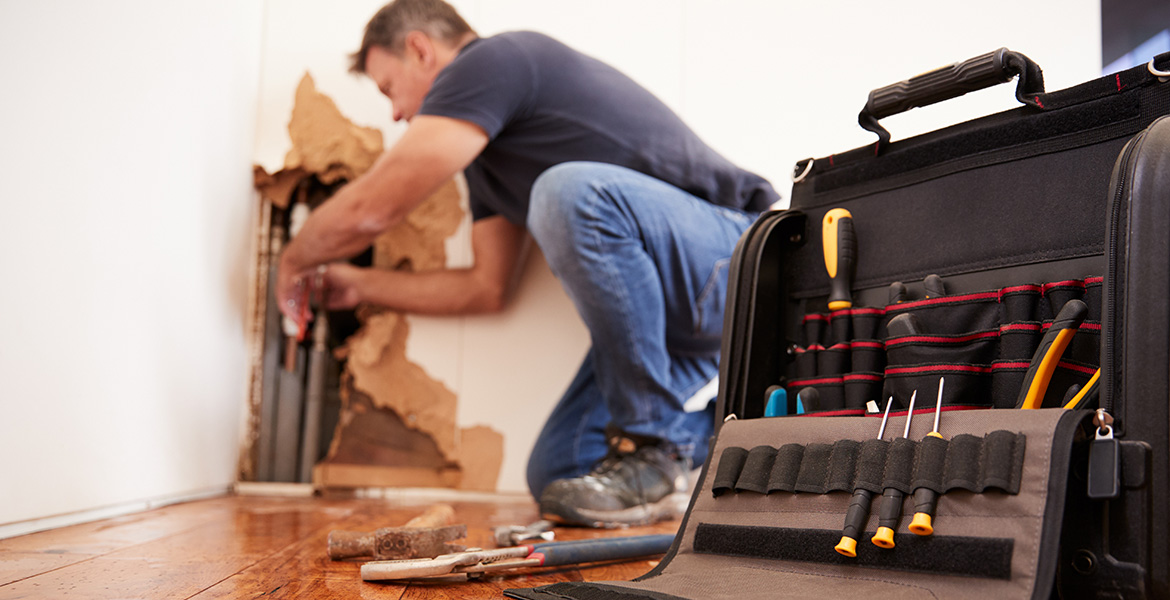Stop the Flood: Techniques for Spotting and also Repairing Burst Pipes
Stop the Flood: Techniques for Spotting and also Repairing Burst Pipes
Blog Article
The article following next relating to How to Prepare for Your Dishwasher Installation is pretty much enjoyable. You should read it.

A ruptured pipeline is a significant emergency; you can only stand as you view water you pay very much to reunite with the earth. In worse cases, you notice a pool on your cooking area flooring, which is a terrific trip risk, particularly if you have children around. If the pipeline that ruptured remained in your wall surfaces, problem: you may require to paint that whole section.
Exactly how can a disaster like a burst pipe be protected against and also taken care of? Well, by paying attention to your expert emergency plumbings and also adhering to these policies.
Exactly how do I know when my pipelines have ruptured?
Varying water pressures
Pipelines do not simply burst in a day. You may have noticed that your cooking area faucet or shower doesn't run instantly when you turn the tap. It may pause for a couple of secs and after that blast you with even more pressure than typical.
In other circumstances, the water might seem regular initially, then decrease in stress after a few secs.
Damp walls and also water discolorations
Before a pipeline ruptureds, it will leakage, a lot of times. If this persistent dripping goes unnoticed, the leakage might graduate right into a wide wound in your pipeline. One easy means to avoid this emergency is to keep an eye out for wet wall surfaces advertisement water stains. These water discolorations will lead you right to the leakage.
Puddles under pipes and sinks
When a pipeline bursts, the outflow creates a puddle. It might appear that the puddle is expanding in size, as well as no matter how many times you wipe the pool, in a few mins, there's one more one waiting to be cleaned. Frequently, you might not be able to map the puddle to any kind of noticeable pipes. This is an indicator to call an expert plumber.
Untraceable dripping sounds
Pipe ruptureds can happen in one of the most unpleasant places, like within concrete, inside wall surfaces, or under sinks. When the house goes quiet, you may have the ability to hear an aggravatingly consistent dripping sound. Even after you have actually checked your shower head and also kitchen faucet, the dripping might continue.
Beloved reader, the trickling may be originating from a pipe inside your wall surfaces. There isn't much you can do about that, other than tell a professional plumber.
Shut off the Water
When water ices up, it expands in volume by concerning 9 percent. And it broadens with significant force: The pressure inside pipelines might go from 40 pounds per square inch to 40,000 psi! No pipe can hold that much stress, so it bursts. The break may happen where the ice kinds, but more often, it occurs where water pressure locates a weak spot in the pipe. That may be inches or perhaps feet from the icy area. Discover the water shutoff valve as well as switch off the water to prevent more damage. You could additionally need to turn off the electrical energy too, relying on where the leakages occurs and exactly how huge it is.
Infected water
Many people assume a burst pipeline is a one-way electrical outlet. Fairly the contrary. As water spurts of the hole or gash in your plumbing system, pollutants discover their method.
Your water might be infected from the resource, so if you can, examine if your water tank has any problems. However, if your drinking water is supplied as well as cleansed by the local government, you need to call your plumber quickly if you see or scent anything amusing in your water.
What do I do when I spot a burst pipe?
Your water meter will continue to run even while your water wastes. To lessen your losses, locate the major controls and turn the supply off. The water mains are an above-ground structure at the edge of your residential property.
How to Fix & Detect a Leaking Pipe
How Do I Know if a Pipe is Leaking?
Leak detection tests can help you determine if your pipe has a leak. Even if you don’t see an apparent leak, you should still conduct leak detection tests regularly to save water and money—and prevent major damage to your home.
Water meter. It can be helpful to figure out what your usual water meter usage numbers are and then monitor them regularly. To monitor your meter, first, turn off all water faucets in your home. Check the meter and write down the numbers. In a few hours, check the meter again. If the numbers have changed, you have a leak. Water gauge. Use a water gauge to test your water pressure. Your showerhead should produce a certain amount of water pressure based on its model and design. If the pressure is lower than it is supposed to be for that specific showerhead, your home likely has a leak. Puddles. Look inside your bathroom, laundry, and kitchen sink cabinets. Puddles around the cabinets or around toilets, tubs, showers, and washing machines indicate the presence of a leaking pipe. You may also notice loose tiles, peeling or flaking paint, or mold caused by water accumulation. Napkin test. Even if you don’t see any puddles, you may still have a leak. You can test for water leaks in the bathroom, laundry, and kitchen by wiping below-sink connections with a napkin, paper towel, or piece of toilet paper. If it becomes damp, you probably have a leaking pipe under the sink. Discolored walls. Walls that are discolored—usually with brown or yellow stains—or bulging might mean that they have been impacted by water damage caused by a leaking pipe. Smell. A leaky pipe will create sitting water, and over time, that water may develop a musty smell. If your home smells musty, but you can’t locate the source, it may be due to a leak. Steps for Fixing a Leaking Pipe
A leaky drain can be remedied by tightening the pipe base, replacing the drain seal, caulking the rim, and tightening the pipe nut. Similarly, a leaking toilet pipe can be treated by tightening the packing nut. You may also need to replace the valve. A leaky faucet may just need tightening or replacement of the washers. If that doesn’t work, consider replacing your faucet. If your pipe has a hole in it, you may want to use a pipe leak sealer or pipe leak tape. This quick fix for water pipe leaks can also temporarily fix a copper pipe leak. https://www.ahs.com/home-matters/quick-tips/how-to-tell-if-pipes-are-leaking/

As an avid reader on How to Prepare for Your Dishwasher Installation, I figured sharing that piece of writing was smart. Appreciated our blog entry? Please share it. Help another person find it. We enjoy reading our article about What to Know Before Installing a Dishwasher.
Click Here To Find Out More
Report this page